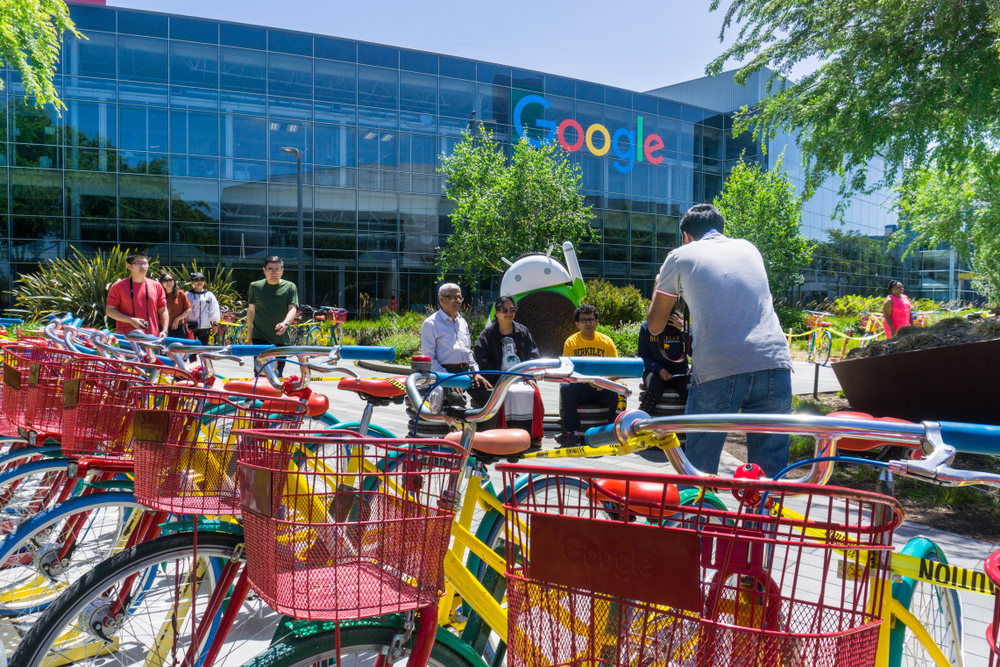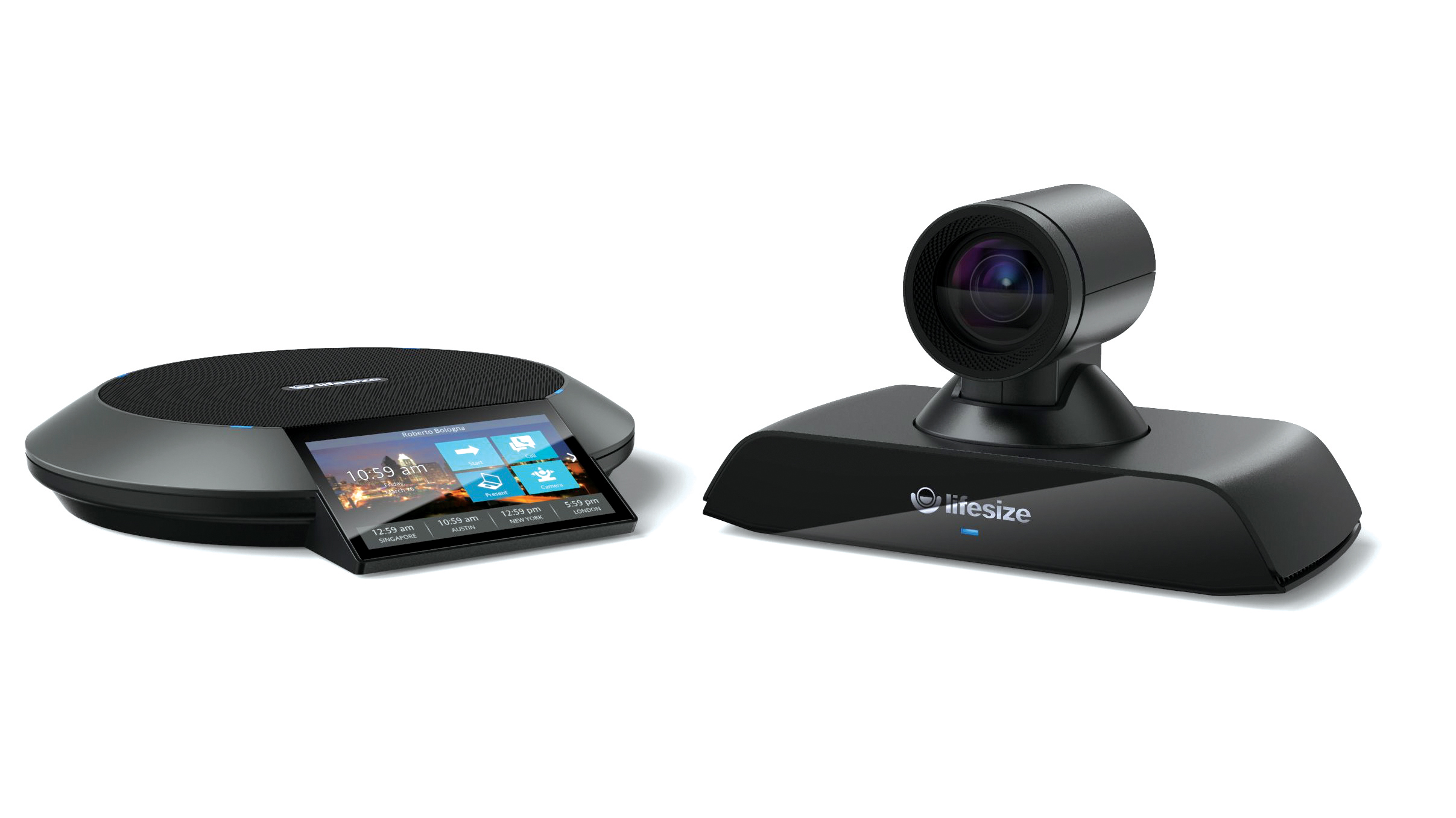‘This shift highlights not just a continuation but a broad acceptance of remote work as the norm’: Software engineers are sticking with remote work and refusing to budge on RTO mandates – and 21% would quit if forced back to the office
Research shows that most software engineers could be working remotely by the end of this year


Ross Kelly
Eight-in-ten software engineers will be working at least partly from home by the end of this year, new research suggests, as workers double down on hybrid setups and push back against RTO mandates.
Despite the efforts of big tech firms like Amazon, Microsoft, and Oracle to corral people back into the office, there's strong resistance, according to a survey from ScienceSoft.
The study found that 21% of software engineers would quit if forced to work full-time in an office, and that half would start looking for a new job. Last year, previous research by the company found that 42% of software engineers were working in hybrid setups, while fully remote roles accounted for 38%.
“This shift highlights not just a continuation but a broad acceptance of remote work as the norm, reshaping how organizations operate, how teams collaborate, and how individuals build their careers," said Pavel Ilyusenko, ScienceSoft’s project management office head.
“During the Covid-19 lockdowns, software engineers transitioned almost entirely to remote setups. However, as the world emerged from the pandemic, the trend toward hybrid and in-office arrangements gained momentum."
Getting software engineers back into the office
The study noted, however, that employers are doing their best to entice software engineers back into the office. Incentives touted by some include subsidized commuting, free measles, or enhanced office amenities.
Some companies have even taken things further by adjusting salaries based on remote versus in-office status, or by making remote work a privilege earned through seniority.
Get the ITPro daily newsletter
Sign up today and you will receive a free copy of our Future Focus 2025 report - the leading guidance on AI, cybersecurity and other IT challenges as per 700+ senior executives
This doesn’t always work, however, and some companies in the tech industry have fallen foul of imposing demands on workers. Dell Technologies, for example, was embroiled in a long-running spat with staff over its return to office (RTO) policy.
Half of Dell Technologies staff still chose to work remotely despite facing limitations on the career prospects, such as promotions.
Concerns over engagement - both internally and in broader communities - has long been an issue for remote workers, with some taking the opinion that remote or hybrid workers are disconnected from colleagues. Subsequent research into the issue shows this isn’t necessarily the case, however.
Ilyusenko noted that engineers can still remain visible and stay in the loop by participating in online events such as hackathons or webinars if they choose to do so.
It is critical they remain visible, he added.
"In the workplace, maintaining visibility and engagement remains critical. Active participation in virtual meetings and collaboration tools ensures that engineers remain connected to their teams and managers."
As for employers, ScienceSoft said enterprises need to find ways to optimize office space usage and deal with the difficulties of hybrid meetings, where some participants are remote and others are on-site.
There are also issues around compensation, thanks to disparities in regional cost-of-living and employee pay. Employers with offices in high-cost-of-living areas have higher workforce expenses.
The report's findings reflect those of another survey published this week, which found that 31% of IT pros globally have quit over a lack of flexible work options - four-in-ten in the UK.
Randstad found that IT workers typically value flexible working practices more highly than other sectors, with eight-in-ten saying they considered flexibility, compared with just two-thirds of their counterparts in other industries.
It's a tough time for software engineers

Software engineers and devs have had a rough time in recent years. Faced with mounting workloads and budgetary constraints, burnout and stress in these professions has reached boiling point, research shows.
Last year, developer burnout reached ‘epidemic’ proportions, according to research from Harness. Many of those noted experiencing a poor work-life balance and deteriorating mental health as a result of the strain of their roles.
Just over half over developers told Harness that burnout was a primary reason for their colleagues quitting. Similarly, nearly a quarter of engineers said they’re dealing with painfully long hours - with 23% reporting working overtime for at least 10 days a month.
To make matters worse in the profession, the arrival of generative AI has added a degree of uncertainty over the long-term viability of many roles.
With the adoption of increasingly powerful AI coding tools gaining traction at enterprises globally, it’s not hard to imagine some devs and engineers might be looking over their shoulders in the years to come.
The hype and hyperbole around AI job losses in these professions is just that, though, and there’s no indication that we’re going to see a widespread culling of devs.
That doesn’t mean it won’t be a long, hard road for many, however. Research from Gartner in late 2024 showed 80% of the software engineering workforce will need to upskill by 2027 to keep pace with the growing demands of generative AI.
Given this confluence of issues, it's safe to say engineers are justified in sticking by remote and hybrid work demands. They contended with a fully remote world during the pandemic, so enterprises can give them the small luxury of avoiding grueling commutes.
MORE FROM ITPRO
- AI tools aren’t helping developers save time on software testing
- Shadow AI is creeping its way into software development
- AI coding tools are finally delivering results for enterprises
Emma Woollacott is a freelance journalist writing for publications including the BBC, Private Eye, Forbes, Raconteur and specialist technology titles.
- Ross KellyNews and Analysis Editor
-
 Asus ZenScreen Fold OLED MQ17QH review
Asus ZenScreen Fold OLED MQ17QH reviewReviews A stunning foldable 17.3in OLED display – but it's too expensive to be anything more than a thrilling tech demo
By Sasha Muller
-
 How the UK MoJ achieved secure networks for prisons and offices with Palo Alto Networks
How the UK MoJ achieved secure networks for prisons and offices with Palo Alto NetworksCase study Adopting zero trust is a necessity when your own users are trying to launch cyber attacks
By Rory Bathgate
-
 Executives have serious concerns over VPN security
Executives have serious concerns over VPN securityNews Zero-trust access stands out as an alternative to VPNs
By Danny Bradbury
-
 12 must-have tools for working from home
12 must-have tools for working from homeIn-depth These work-from-home tools can increase productivity and accountability while reducing seclusion
By Tyler Omoth
-
 Google extends remote working and plans a flexible workweek
Google extends remote working and plans a flexible workweekNews Google’s return to the office delayed for the second time
By Rene Millman
-
 The most popular video conferencing software of 2020
The most popular video conferencing software of 2020In-depth From A to Zoom, there are plenty of options to choose from
By Sarah Brennan
-
 HP and Jabra team up to simplify socially-distanced meeting rooms
HP and Jabra team up to simplify socially-distanced meeting roomsNews New bundle allows social distancing, even in tighter meeting rooms
By Tyler Omoth
-

 Lifesize Icon 500 and Phone HD review: Killer conferencing
Lifesize Icon 500 and Phone HD review: Killer conferencingReviews A classy all-in-one 4K videoconferencing solution that’s ideal for first-timers – you’ll be set up in minutes
By Dave Mitchell
-

 Poly Studio X30 review: Compact and capable
Poly Studio X30 review: Compact and capableReviews An uncomplicated and affordable system with native support for a range of popular cloud platforms
By Dave Mitchell
-
 StarLeaf Huddle review: A star performer
StarLeaf Huddle review: A star performerReviews A great videoconferencing package for small rooms that’s a doddle to use – but you’ll need speakers
By Dave Mitchell